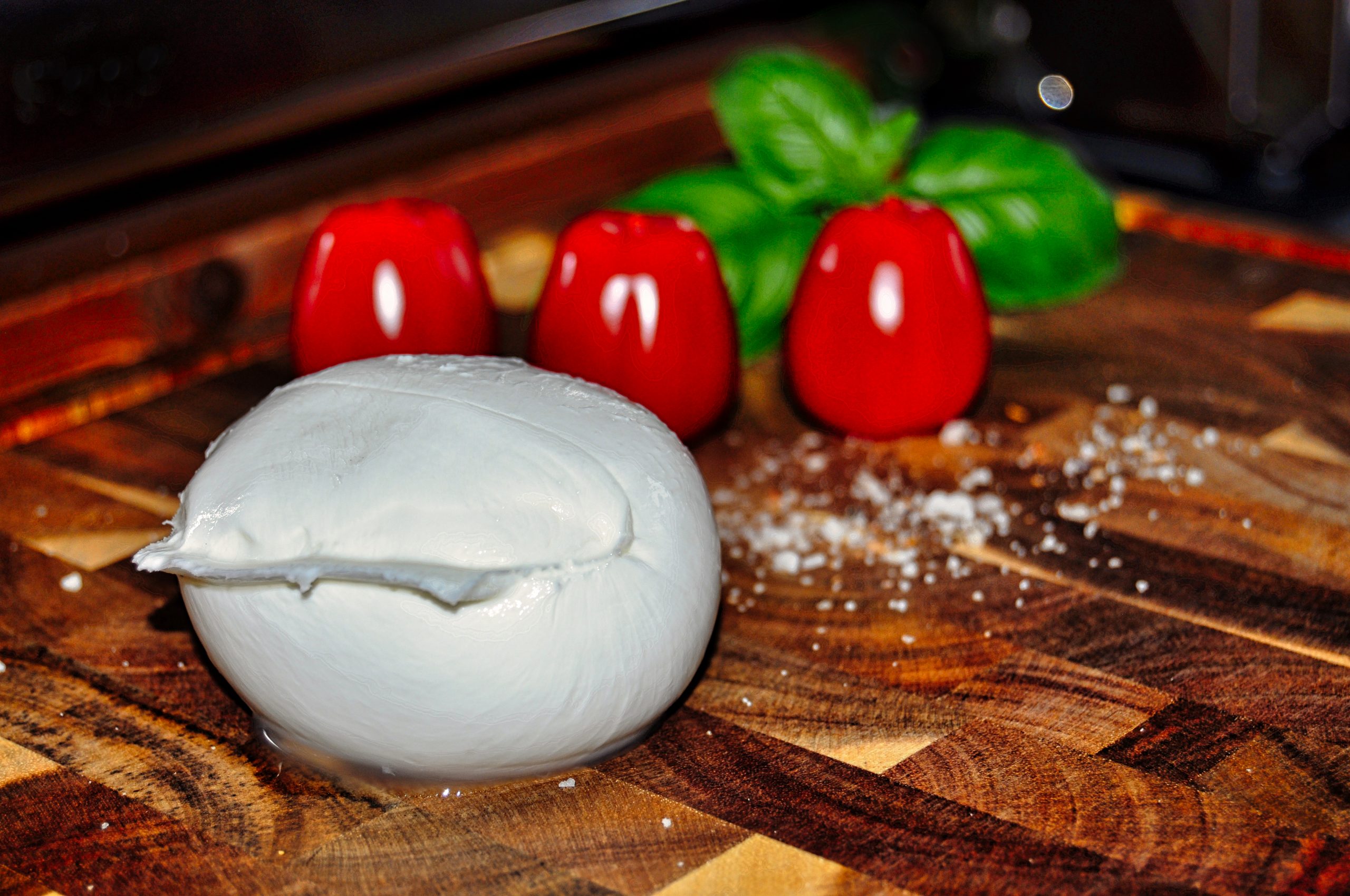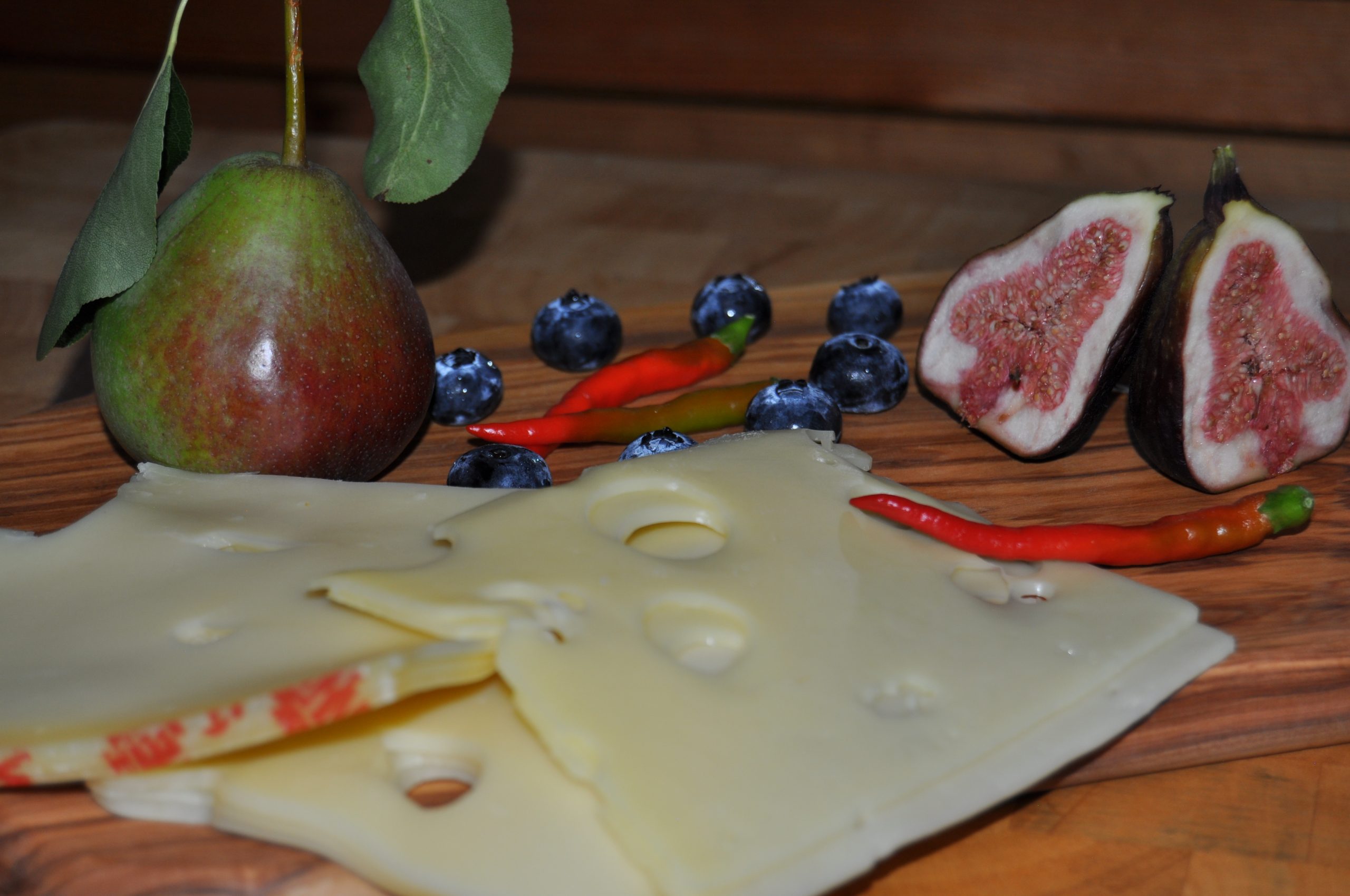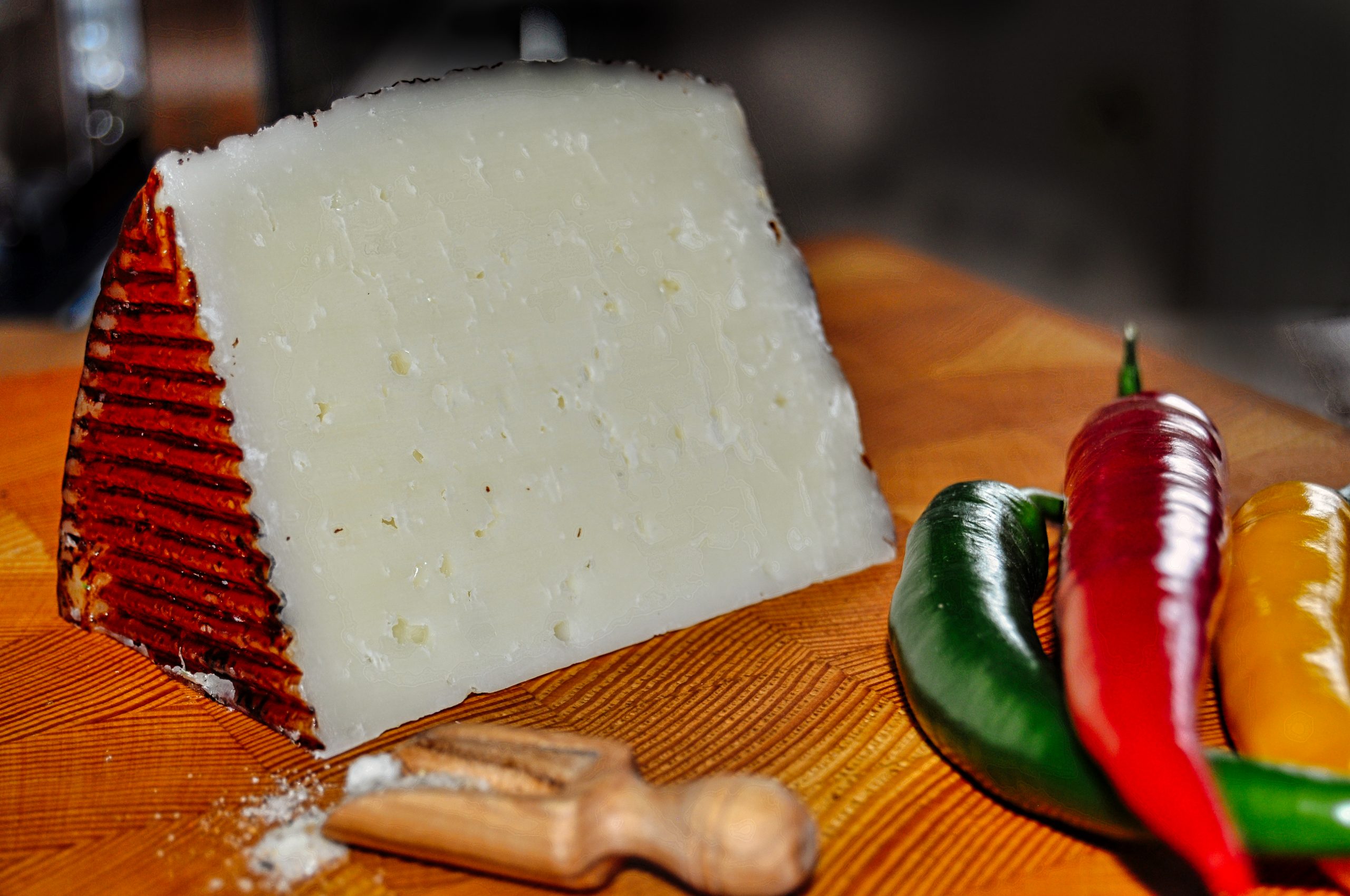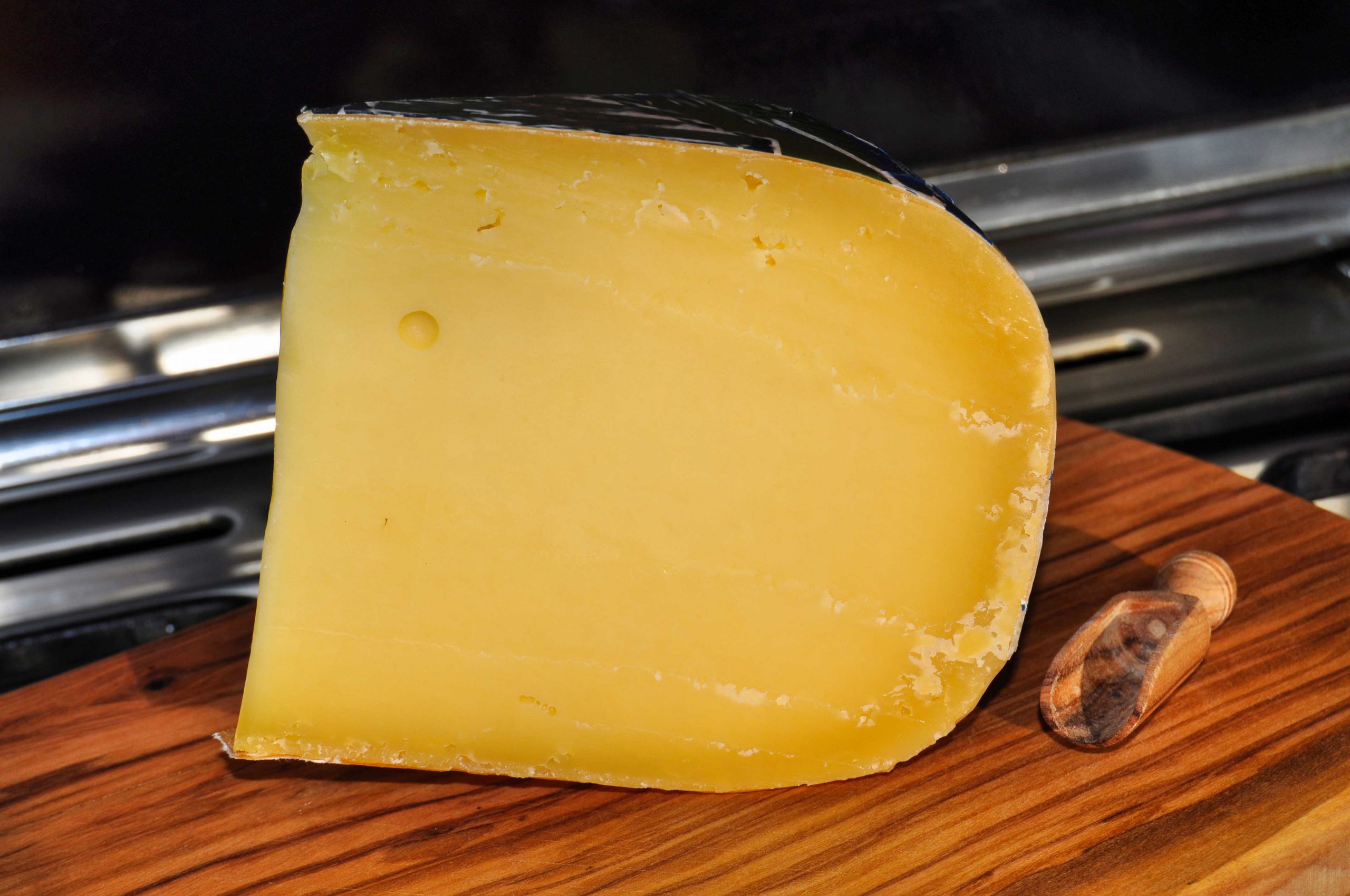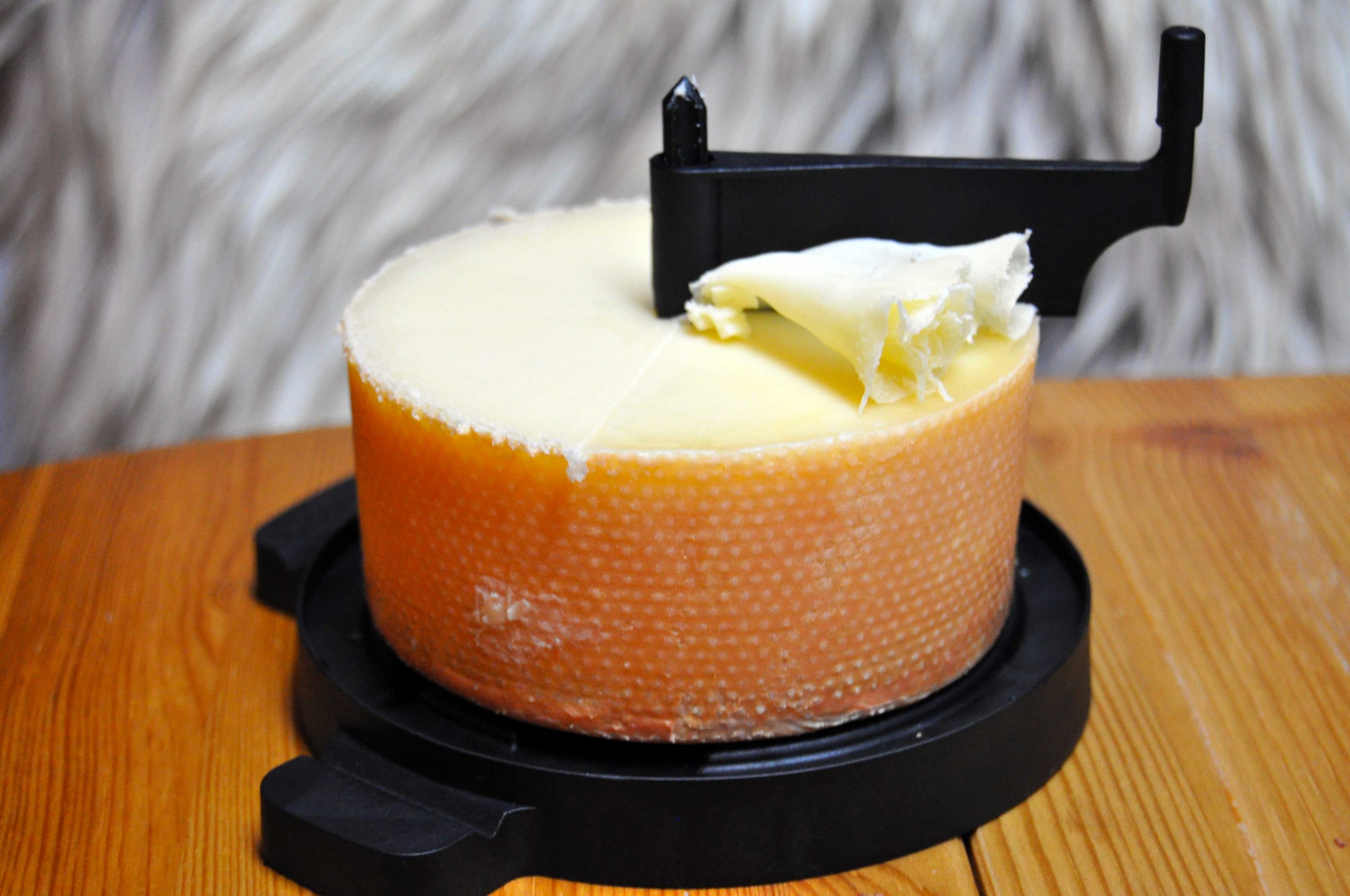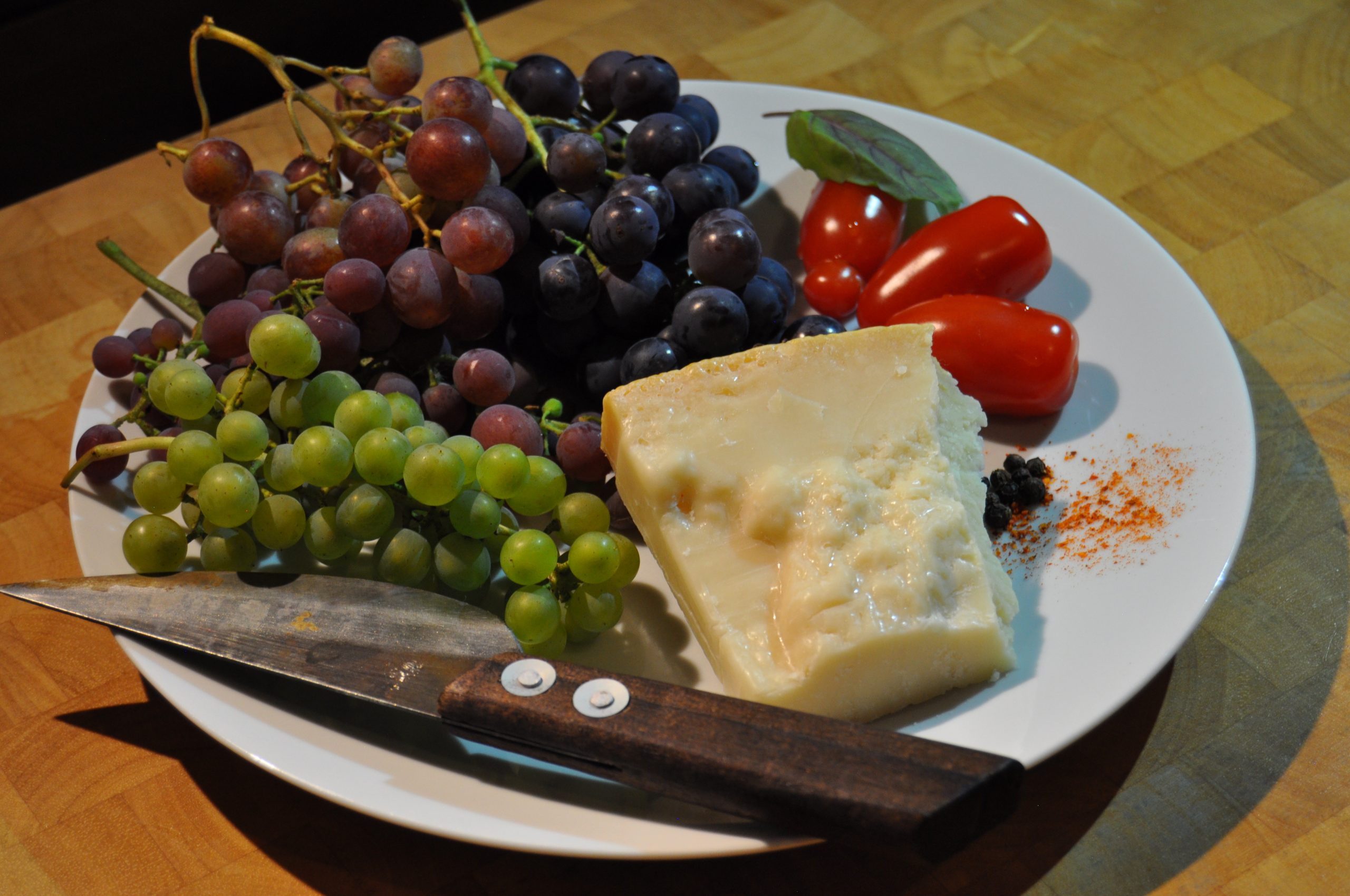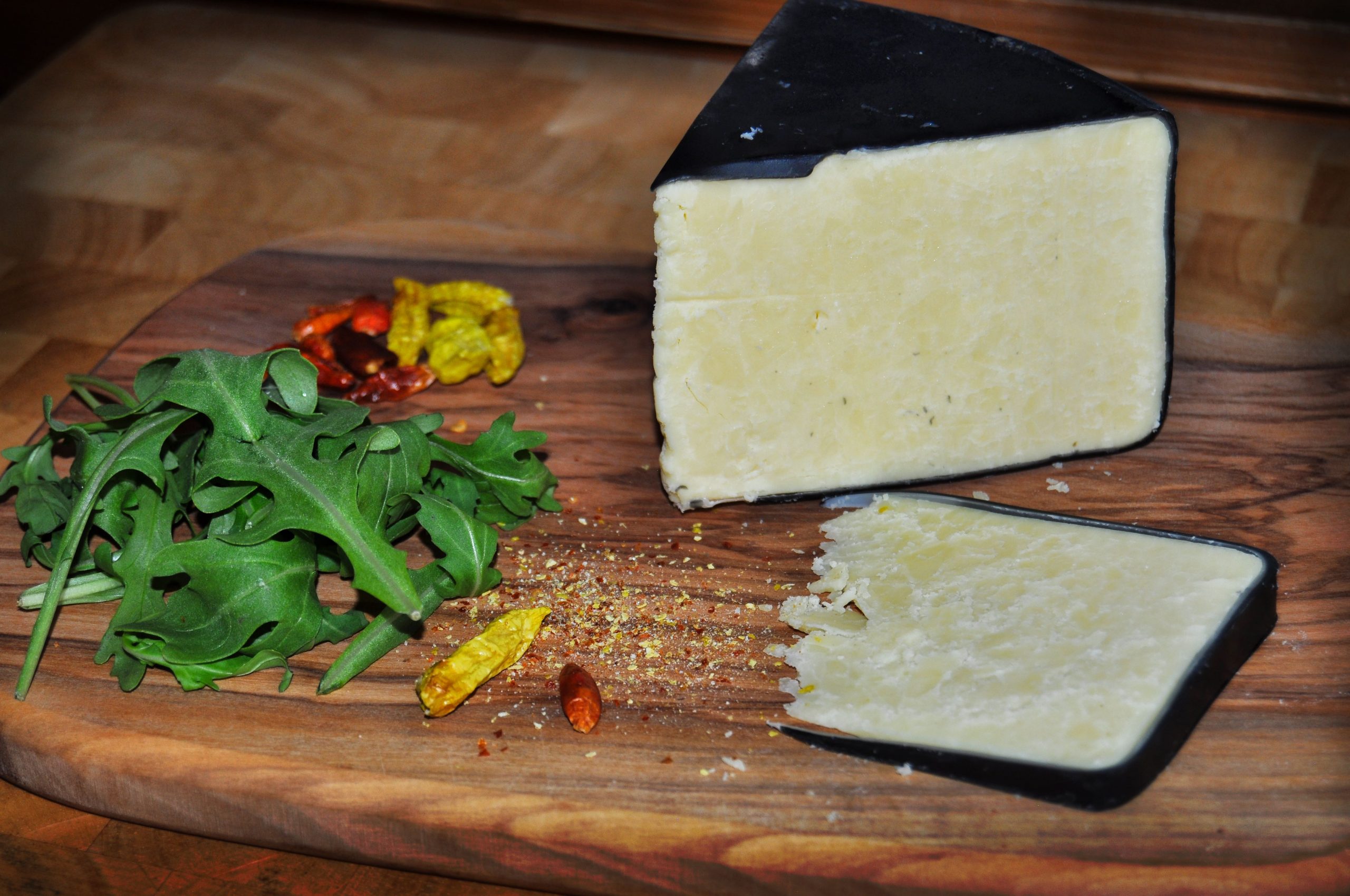As early as the Bronze Age, cheese was made from sheep’s milk in the region of La Mancha, which lies in the heart of Spain. The name Queso Manchego is derived from the region of La Mancha: the breed of sheep whose milk is used to make Queso Manchego is called Oveja Manchega.
The roots of this breed go back thousands of years and it is perfectly adapted to the region’s barren climate: The climate of the La Mancha region is characterised by cold winters and hot summers – these are the conditions in which the milk for Queso Manchego is produced.
The name La Mancha probably comes from the Arabic Al-Mancha, which means “earth without water”: this expression describes the dry region of La Mancha quite well.
The dry, rather barren region is not very suitable for keeping cows – cows are more likely to be found in the north of Spain. However, the landscape of the region is not only dominated by windmills, but also by sheep.
Don Quixote and Sancho Panza
When the word La Mancha is mentioned, one inevitably thinks about Don Quixote. After all, the Spanish national epic Don Quixote de La Mancha is set in the region of La Mancha. Cheese is mentioned more than once in this national epic: however, it is safe to assume that the sheep’s cheese from this region at that time has little in common with today’s Queso Manchego. Nevertheless, Don Quixote is always depicted on the sales label of Queso Manchego. Don Quixote’s squire, Sancho Panza, is said to have particularly enjoyed eating the cheese from La Mancha.
Whether Don Quixote himself kept sheep of the Oveja Manchega breed is unknown; what is certain is that around 700,000 sheep of this particular breed live in La Mancha today. It is estimated that these sheep produce about 50 million litres of a fat-rich and aromatic milk every year. About 80 percent of this milk is processed into Queso Manchego.
Cheese dairies with a processing volume of less than 10,000 litres of milk had to shut down their business.
The end of craftsmanship – for the time being
Many Manchego cheese dairies were established around 200 years ago: However, the Spanish sheep’s cheese only achieved world fame in the course of the last century.
At the beginning of the 20th century, the cheese culture in La Mancha experienced a renaissance – a considerable increase in Queso Manchego production took place in the second half of the 20th century. However, this cheese production had little to do with tradition: Spanish economic policy at the time encouraged the foundation of large companies, including very large cheese dairies.
This not only made it difficult for the small cheese dairies, they were simply banned: Cheese dairies with a processing volume of less than 10,000 litres of milk had to shut down their business. Inevitably, a black market for artisan Queso Manchego emerged as a result.
Queso Manchego Industrial and Artesano
Today, a strict difference is made between industrially produced Queso Manchego and artisan Manchego, which is called Queso Manchego Artesano.
Industrially produced Manchego bears the epithet Industrial. The biggest difference between the two quality levels is that industrially produced Queso Manchego is made from pasteurised sheep’s milk and Artesano cheese is made from raw milk that is cooled down to four degrees immediately after milking. Among Manchego connoisseurs, Artesano cheese is considered the only true Queso Manchego: the flavour of a sheep’s milk cheese made from raw milk is much more complex than the flavour of a cheese made from pasteurised milk. It was only when the economic situation in Spain eased in the eighties that artisan Queso Manchego became an object of interest again. Nevertheless, Queso Manchego Artesano accounts for only about 15 percent of the total production of Spanish cheese. Most of the Queso Manchego available on the market comes from industrial production.
Production and typical texture
After the sheep’s milk arrives at the cheese dairy, it is mixed with animal rennet and heated to 30 degrees within an hour – during this time the milk coagulates. The curd that is now produced is filled into narrow moulds: Tradition says that wide belts woven from regional esparto grass are used for this.
Now the cheese is placed on a round, grooved wooden board and covered with another wooden board: Then the belts are pulled together and the mould is weighed down with a stone. The excess whey flows off through the board grooves. This is how the typical herringbone and groove patterns of the cheese rind are created, which reproduce the pattern of the board used to press the cheese.
Today, this traditional method is hardly used at all: the classic pattern of the cheese rind is created by plastic moulds into which the cheese is pressed.
Within six hours, the cheese is removed from this mould and salted. The cheese is then stored to ripen: during the ripening phase, the loaves are regularly rubbed with olive oil to protect the loaf.
Connoisseurs agree: Queso Manchego should not be missing at any Spanish tapas bar.
Ripening stages
In artisanal farms, a thin layer of noble mould develops on the cheese rind: traditional farms do not remove this layer, as it has a positive influence on the ripening process. Industrial farms apply a layer of wax to prevent the formation of noble mould.
The length of time the cheese is ripened depends on the stage of ripeness one is aiming for: Manchego Fresco goes through a ripening period of up to two weeks. This young Manchego is appreciated for its fresh, creamy and mild flavour. However, because of its short shelf life, it is very rare to find it outside La Mancha.
A semi-curado is matured for between three weeks and three months, depending on the size of the loaf. Its consistency is still quite soft and tastes grassy to fruity with a slightly acidic touch. Curado Manchego is matured for three to six months and has a distinctive nutty flavour. The most common Manchego on the market is semi-curado or curado.
The oldest ageing stage is the Manchego Viejo with an ageing period of one to two years. Its consistency is crumbly – typical of a longer-matured cheese – and it tastes peppery to sharp.
Sheep’s cheese culture
Connoisseurs agree: Queso Manchego should not be missing at any Spanish tapas bar. Queso Manchego is usually eaten freshly cut into triangles, drizzled with olive oil and served with crusty white bread. A dry Lambrusco or a Rioja of the Crianza ageing level go particularly well with a Queso Manchego – generally, any red wine that does not have a lot of wood aromas, which arise from a long ageing in barrique barrels, for example, goes well with Manchego.
Today, about 17 million kilograms of Queso Manchego are produced annually – the milk for this cheese comes from an area of 45,000 square kilometres in La Mancha.
Queso Manchego is synonymous with Spanish cheese culture: there are many other types of sheep’s milk cheese in Spain made from the milk of local breeds of sheep. Queso Manchego is only the best known and the most widely produced representative of this cheese culture.
Cover picture: A Queso Manchego Curado matured for six months, © Simon von Ludwig

 Deutsch
Deutsch